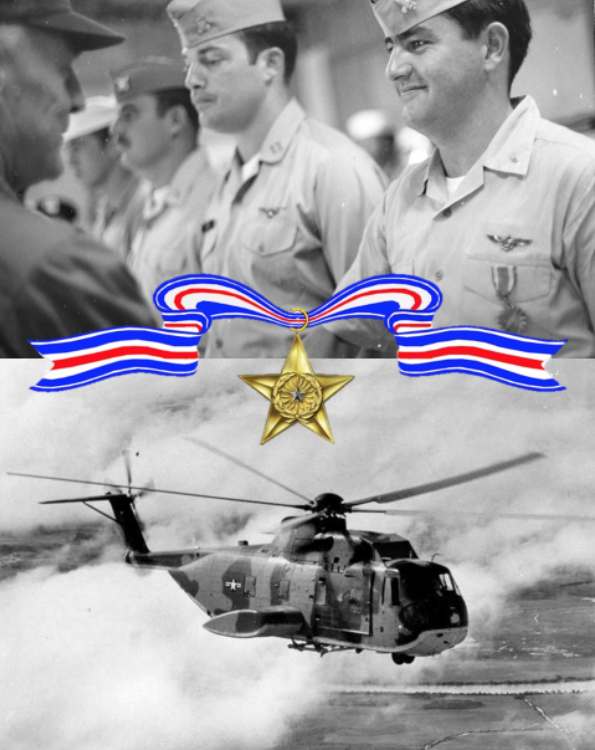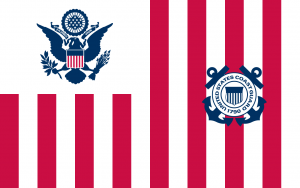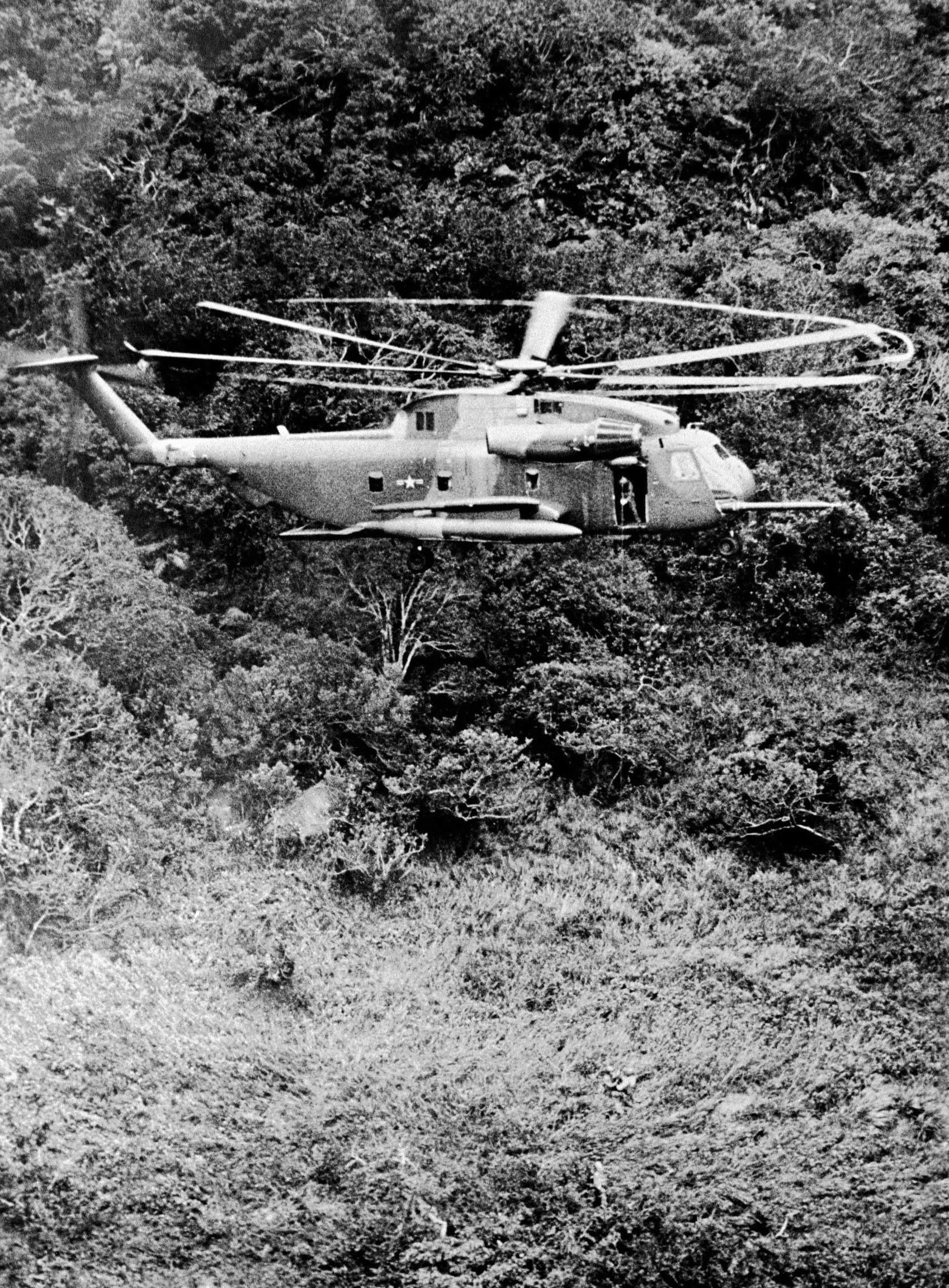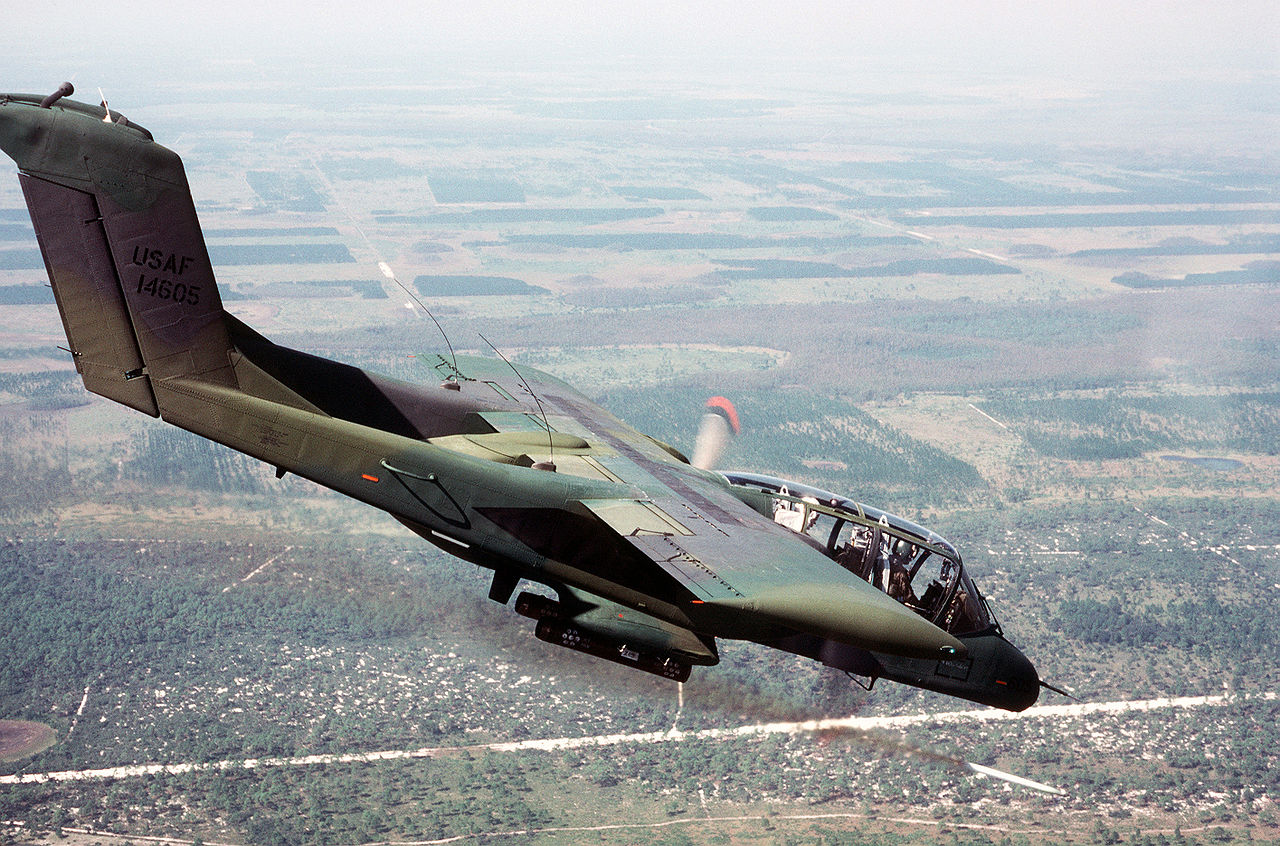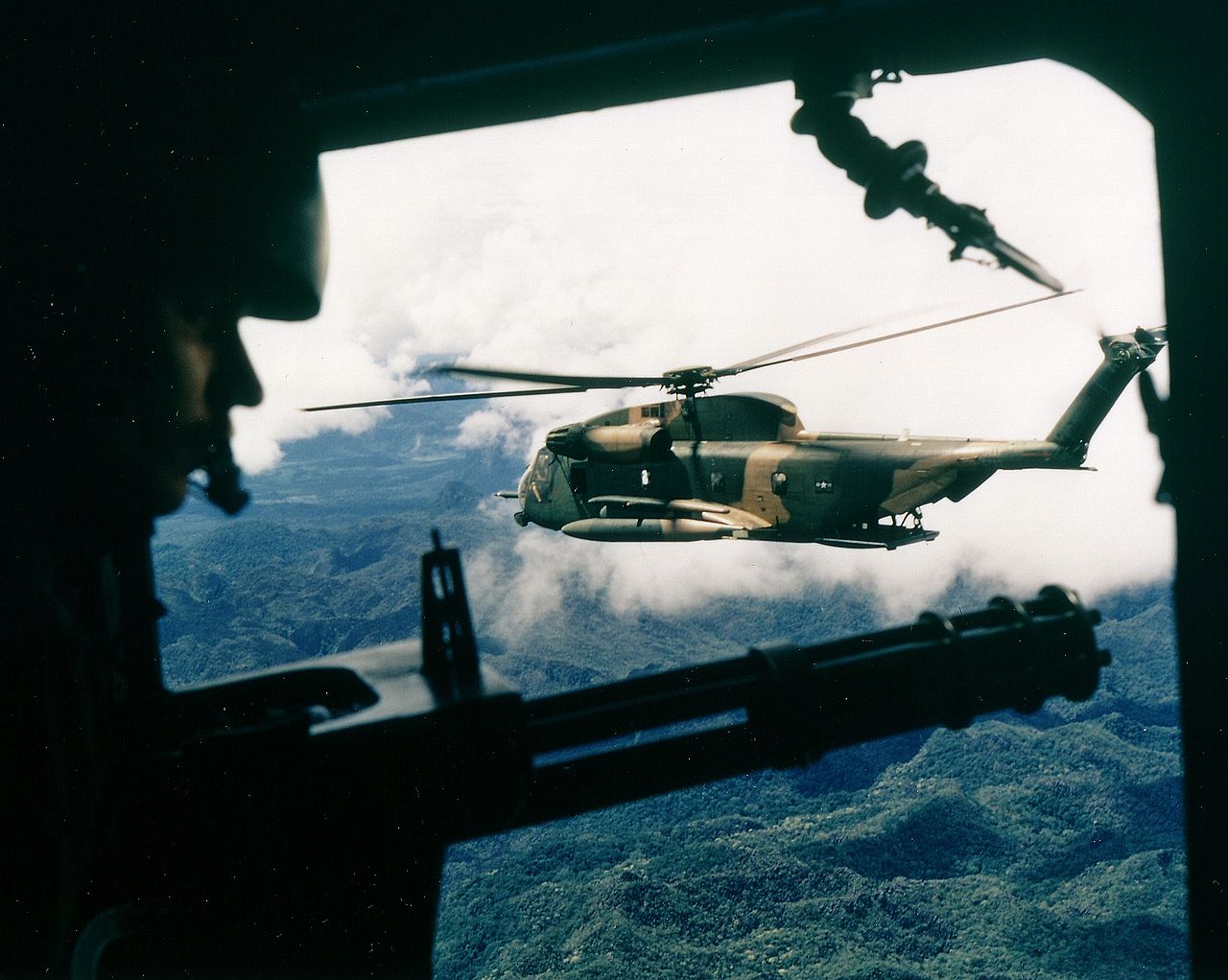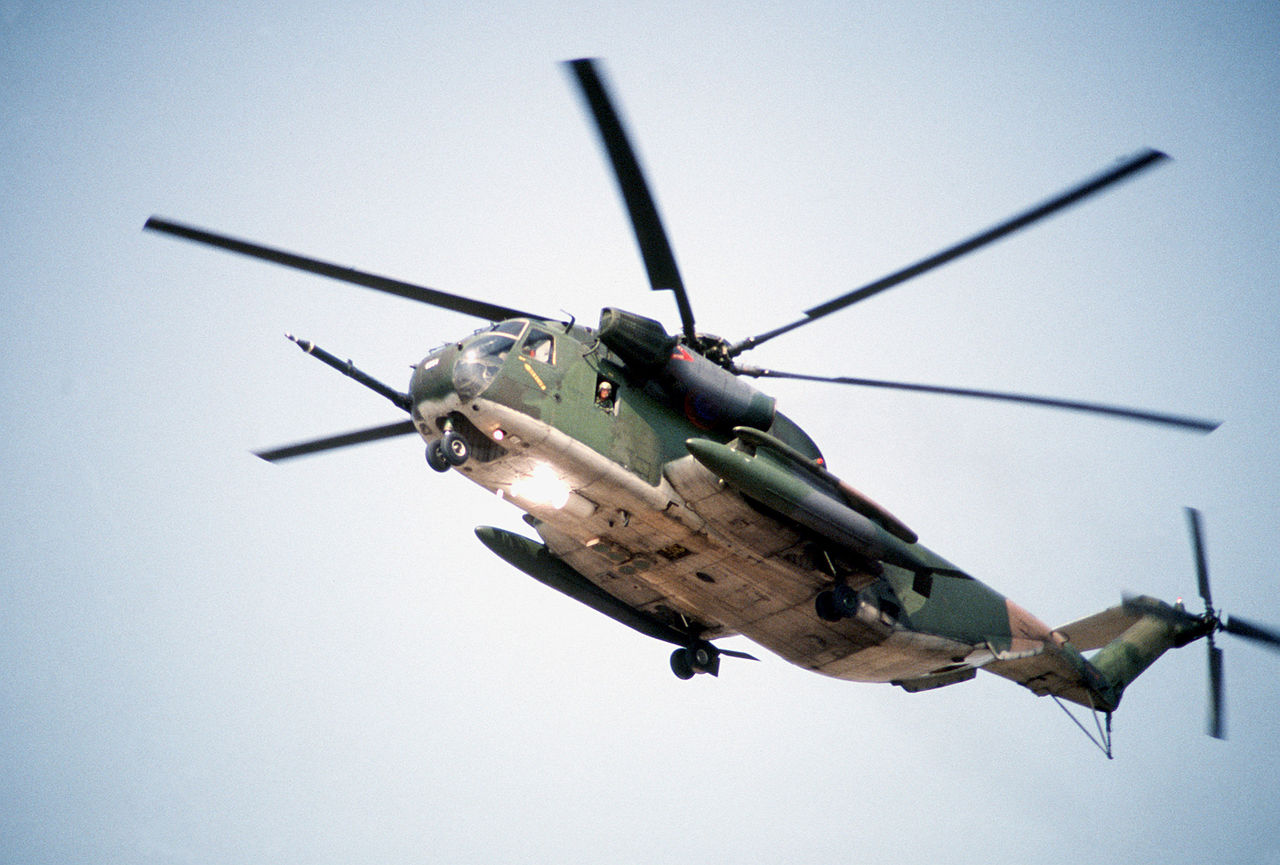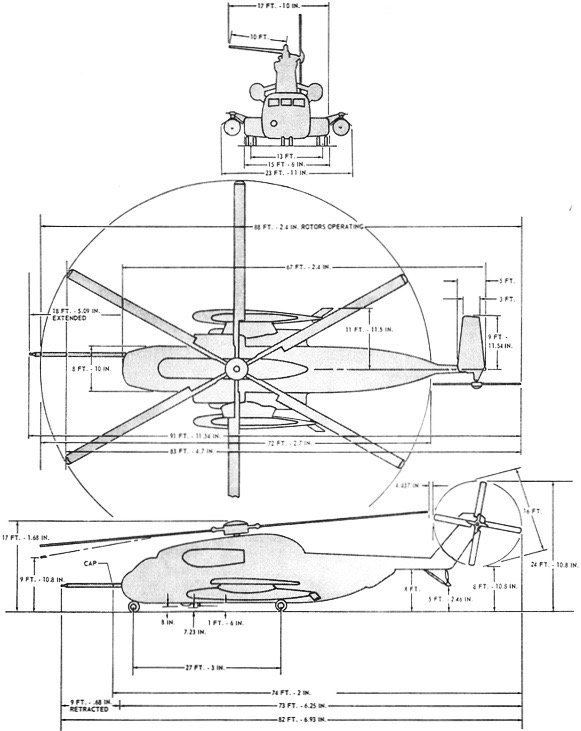by Captain Sean M. Cross, United States Coast Guard (Retired)
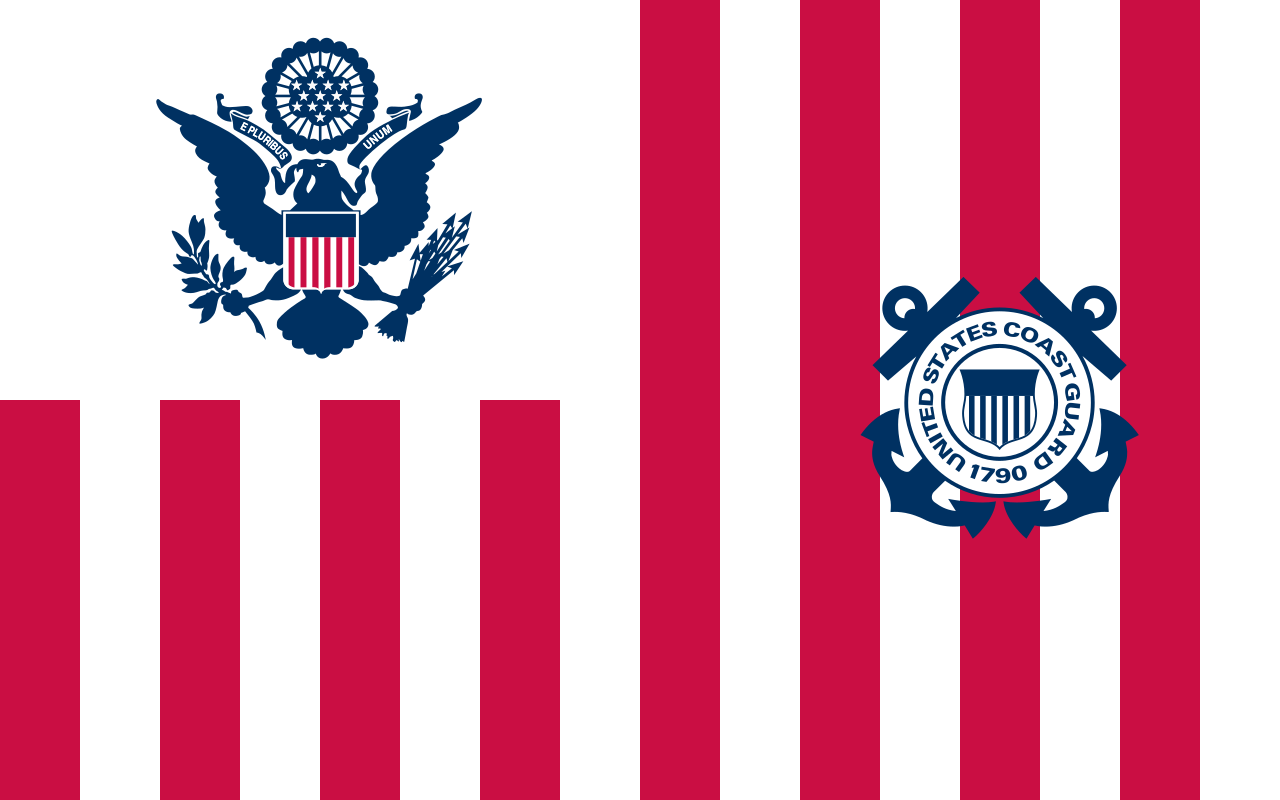 24 October 1969: During the Vietnam War from 1967–1972, eleven U.S. Coast Guard Aviators voluntarily served with high honor and distinction with the U.S. Air Force Aerospace Rescue and Recovery forces in Southeast Asia in the dual role of aircraft commanders and instructor pilots. They regularly risked their lives flying into harm’s way to save airmen in peril of death or capture. Their significant contributions and exceptional performance were highly commended by the Air Force with the award of four Silver Stars, sixteen Distinguished Flying Crosses, and eighty-six Air Medals, in addition to many other recognitions. The previous accolades did not come without cost —designated Coast Guard Aviator #997, Lieutenant Jack Columbus Rittichier was killed in action while attempting to rescue a downed Marine airman in hostile territory on June 9th, 1968. These Aviators carried out their noble mission with heroism and a focus on duty, honor, country and the Coast Guard. Their actions brought honor on themselves, the United States of America, the U.S. Air Force and the U.S. Coast Guard.
24 October 1969: During the Vietnam War from 1967–1972, eleven U.S. Coast Guard Aviators voluntarily served with high honor and distinction with the U.S. Air Force Aerospace Rescue and Recovery forces in Southeast Asia in the dual role of aircraft commanders and instructor pilots. They regularly risked their lives flying into harm’s way to save airmen in peril of death or capture. Their significant contributions and exceptional performance were highly commended by the Air Force with the award of four Silver Stars, sixteen Distinguished Flying Crosses, and eighty-six Air Medals, in addition to many other recognitions. The previous accolades did not come without cost —designated Coast Guard Aviator #997, Lieutenant Jack Columbus Rittichier was killed in action while attempting to rescue a downed Marine airman in hostile territory on June 9th, 1968. These Aviators carried out their noble mission with heroism and a focus on duty, honor, country and the Coast Guard. Their actions brought honor on themselves, the United States of America, the U.S. Air Force and the U.S. Coast Guard.
Interesting fact – of the roughly 200 Air Force Cross recipients, only 24 are enlisted rank, of which 12 are Pararescuemen (PJ). Nine PJs were awarded Air Force Crosses for Combat SAR missions in Vietnam…of those nine missions – two had Coast Guard Aviators as Aircraft Commanders – this is one (the other was the SCOTCH 3 mission involving LT Lance Eagan, USCG (CGA ’62) on 02 July 1968).
The goal of the combat rescue and recovery units was to get to those in peril before the enemy could capture of kill them. Whether the mission was an extraction or the pickup of a downed airman, each time they were successful it was a win. When it came to official Air Force data, this was labeled a “save,” but a “save” was much more than a statistic to these men. A “save” was a person, and they took it personally.
At Da Nang Air Base, Republic of Vietnam, the 37th Aerospace Rescue and Recovery Squadron (ARRS) was coming up on their 500th “save” in mid-October 1969. Everyone was looking forward to it. They arrived at number 497, then hit a dry spell for about a week. On 24 October, MISTY 11 went down and through a connected series of events, Coast Guard exchange pilots Lieutenant Richard Victor Butchka retrieved numbers 498, 499, and 500, and Lieutenant (j.g.) Robert T. Ritchie claimed numbers 501 and 502.
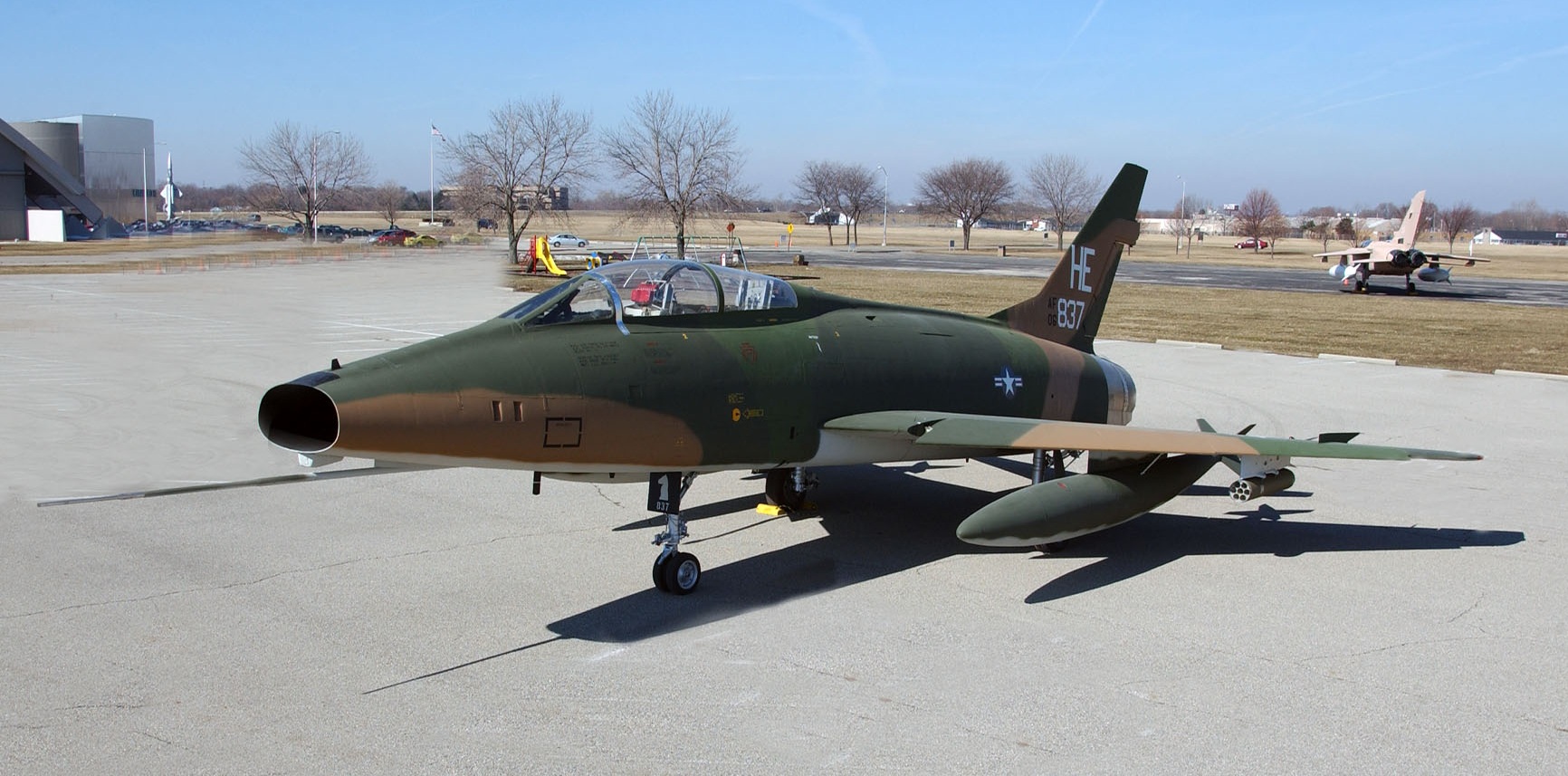
Northeast of Saravane, Laos, MISTY 11, a U.S. Air Force North American Aviation F-100F Super Sabre “Fast FAC”—a jet Forward Air Controller) was designating targets along the Ho Chi Min Trail for ground interdiction strikes when it experienced engine failure due to antiaircraft fire. The stricken aircraft quickly descended to less than 1,000 feet (305 meters) above the terrain. The approximate time was 8:00 a.m. A MAYDAY was broadcast and the two crewmen ejected at low altitude. They parachuted into the jungle-covered mountainous terrain. MISTY 11 Alpha, 1st Lieutenant Alvin Donald Muller, and MISTY 11 Bravo, Captain Jack K. Clapper, were separated by about 800 yards (732 meters) due to the programmed delay in the ejection sequence between the front and rear ejection seats.
The survivors’ position was in a small valley formed by two ridges about 100 meters long oriented north and south. At the north end where the ridges joined, a road was cut 20 meters from the top of the hill. MISTY 11A was on the east side of the valley and MISTY 11B was on the west side.

Each was equipped with a battery-powered radio and was contacted by an airborne Forward Air Controller (FAC), a North American Aviation OV-10A Bronco, NAIL 07, who had heard their pre-ejection call and was working in the area. The FAC said that he would notify Search and Rescue. MISTY 11A (Muller) informed MISTY 11B and the FAC that his leg was badly broken. MISTY 11B (Clapper) was unhurt.
Less than two hours from notification, two Douglas A-1 Skyraiders—call signs SANDY 11 and 12—and two Sikorsky HH-3E Jolly Green Giant helicopters—JOLLY 28 and 04—from strip alert in Quang Tri were on scene.
JOLLY 28 (HH-3E #66-13280) crew members: Captain Charles D. Langham, USAF (Pilot); Major Charles W. Bond (Co-Pilot); Staff Sergeant James E. Smith (Flight Engineer); and Technical Sergeant Donald G. Smith (Pararescueman)
JOLLY 04 (HH-3E #66-13290) crew members: Lieutenant Richard Victor Butchka, USCG (Pilot); Captain John K. Coder, USAF (Co-Pilot); Sergeant Joseph J. Vai (Flight Engineer); and Airman 1st Class George P. Hoffman III (Pararescueman)
The helicopters went into orbit. One Jolly Green, referred to as the “low bird,” would make the rescue attempt while the second, the “high bird,” would remain in a 3,000-foot (914 meters) orbit as backup. Before sending in JOLLY 28, the two A-1s trolled the area, but their repeated passes brought no response from enemy ground-fire. It was determined that Muller should be rescued first because of his broken leg and at about 11:00 a.m., JOLLY 28 descended toward MISTY 11A.
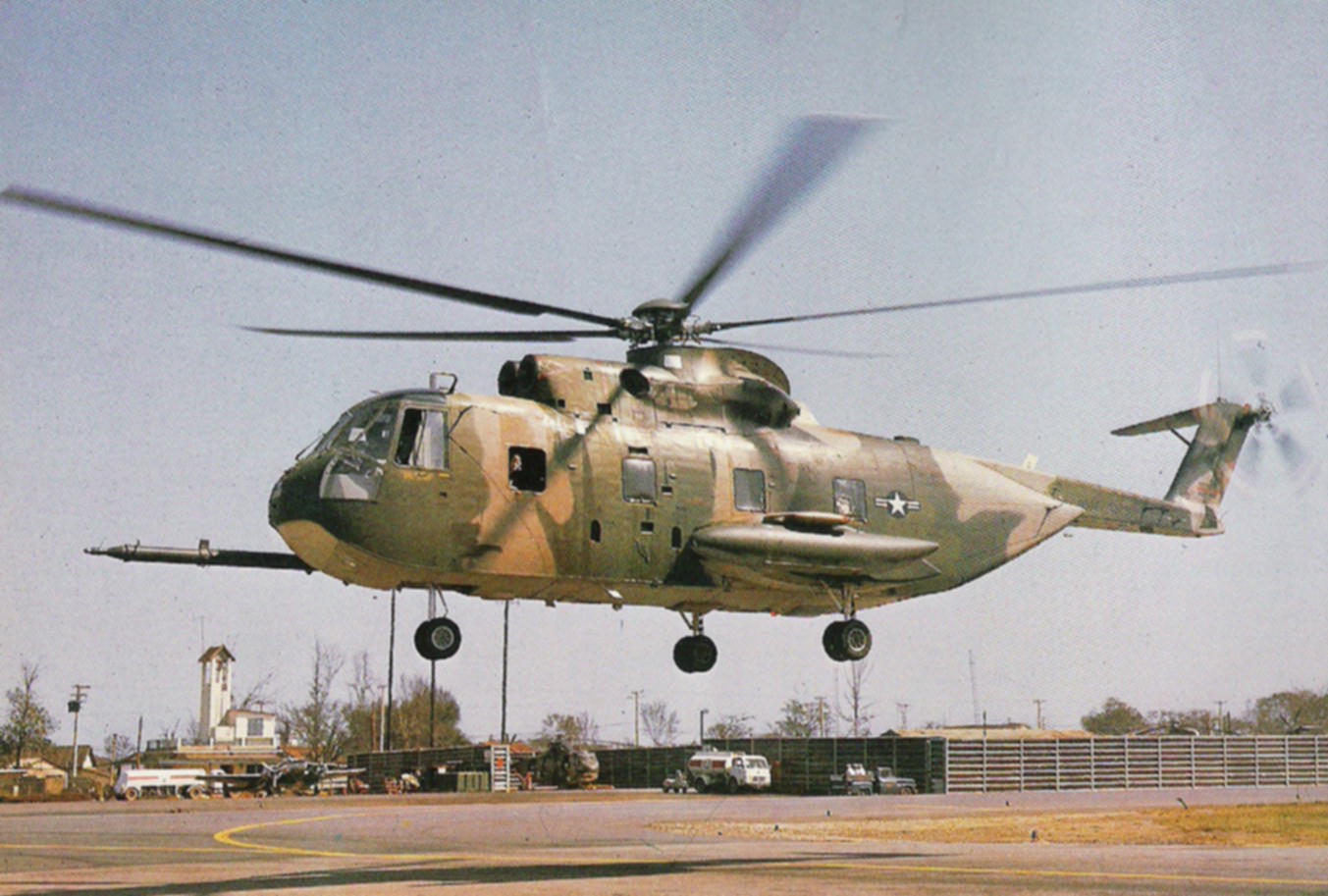
The terrain in the SAR area was rolling foothills with elevations varying from 1,500 feet MSL (Mean Sea Level: describes height above standard Sea Level) in the ravines, to 2,500 feet MSL on the hilltops (500 to 833 meters). The vegetation on these hills varied from dense triple-layered canopy jungles to open areas with tall jungle grass. The entire immediate area around MISTY 11A and B was defended by heavy small arms and automatic weapons as close as 50 feet to the survivors. The proximity of hostile forces to the survivors severely restricted the type of ordnance which could be delivered to protect them. There were scattered variable broken cumulus build-ups in the area with tops to 9,500 feet MSL and bases varying from 2,000 to 3,000 feet AGL (Above Ground Level: describes height above the ground). Visibility below the clouds was excellent.
Lieutenant Butchka, in the “high bird,” JOLLY 04, watched his good friend, Captain Charles Langham, descend for the recovery. JOLLY 28 entered a hover over MISTY 11A and lowered the “PJ,” Don Smith, by hoist. The PJ immediately had the downed airman on the canopy penetrator and gave the cable-up signal. Less than a minute had elapsed. When the penetrator was approximately 10 feet off the ground, the helicopter came under attack.
Butchka saw three sides of the blind canyon twinkling. It appeared that enemy forces had used the downed F-100F crewman as bait for a “flak trap.” The Skyraiders rushed in to suppress the fire, but the opening enemy volley had shot the hoist assembly off its mounts, sending it crashing into the flight engineer’s chest and dumping the PJ and MISTY 11A back on the ground. Realizing the hoist was inoperative, the flight engineer, SSGT James Smith, hit the switch shearing the hoist cable and yelled to Captain Langham to transition JOLLY 28 to forward flight.
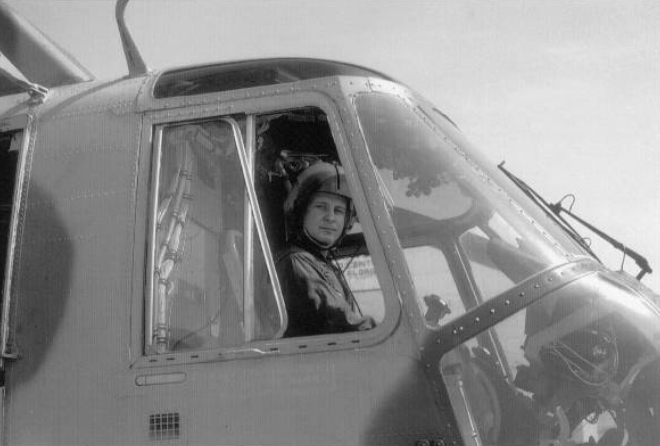
Above, Butchka punched off his auxiliary fuel tanks and went into a plunging autorotative descent. Seeing Langham’s aircraft smoking and streaming fluid (was hit in the main gearbox and was losing oil pressure), Butchka told him to put the helicopter on the ground. Langham searched for a clear spot and put the aircraft into a small punch bowl-shaped valley. Langham and crew jumped out of the helicopter into the elephant grass, looking up for high bird. They did not have far to look. Butchka’s helicopter was in a 25-foot hover on the left side of Langham’s helicopter with its hoist cable waiting. Butchka expected ground fire from the enemy at any moment. During the swift pick up, the helicopter shuddered with a jolt to the right side. The aircraft’s skin was holed with a gash eight inches long by two inches wide.
Major Charles W. Bond had the honor of being the 500th save.
With the men safely on board, the next problem was getting out of there. Butchka did not want to go back out the way he came because of heavy enemy fire. Weather was hot and humid, pressure altitude was high, and the only other way out presented him with a vertical face rising about 130 feet. It was decision time. Butchka said; “I headed for the face, pulled every bit of power I could (‘pulled the collective to my arm pit’ was the description in another interview), and with a little bit of airspeed drooped the rotor to 94-percent — and just cleared the top.” As he eased over the ridgeline, the JOLLY immediately came under heavy ground fire from a different direction. SANDY lead hadn’t reported anything because he didn’t know where Butchka was. Miraculously they were not hit. However, JOLLY 04 “caught his blades in some trees and is requesting escort out of the area.” A forward air controller, COVEY 297, escorted JOLLY 04 to Lima Site 61, an Air Force TACAN navigation site at Muang Phalan, Laos.
There were still two MISTY crewmembers and Langham’s PJ on the ground at the initial recovery spot. The PJ, Technical Sergeant Donald G. Smith, using his handheld radio, reported “contact with bad guys 35 meters to my west” and directed air strikes bracketing their position. JOLLY 76, a Sikorsky HH-53C Super Jolly Green Giant from the 40th ARRS at Udorn, Thailand, made three recovery attempts but each time received intense ground fire resulting in extensive battle damage to the helicopter. JOLLY 76 sustained severe battle damage, loss of hydraulic systems and associated tail rotor control problems that forced the aircraft to withdraw. JOLLY 76 was escorted out of the area by JOLLY 72 and A-1s SANDY 01 and 04, and successfully recovered at Lima Site 44, an unimproved covert landing strip near Saravane, Laos.
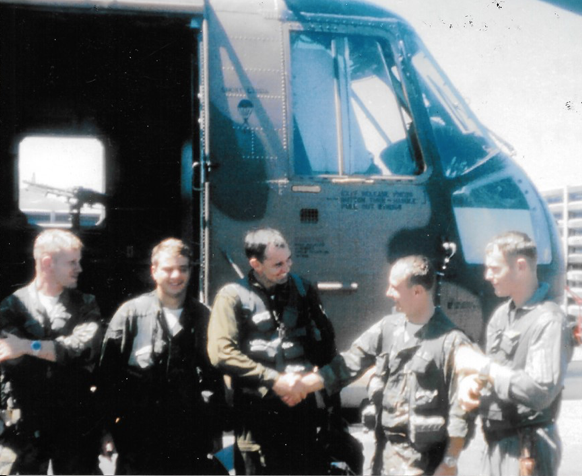
JOLLY 76 (Sikorsky HH-53C Super Jolly Green Giant) crewmembers: Captain Donald R. Almanzar (Pilot); Captain Peter L. Fekke (Co-Pilot); Staff Sergeant Harold R. Hailey (Flight Engineer); Sergeant Anthony J. McFarr (Pararescueman); Sgt. Douglas W. Crowder (Pararescueman); and Sergeant Gregory Lee Anderson (Aerial Photographer).
JOLLY 15 (Sikorsky HH-3E Jolly Green Giant) crew members: Coast Guard Lieutenant (j.g.) Robert T. Ritchie, USCG (Pilot); Lieutenant Colonel Sidney S. Sosnow , USAF (Co-Pilot); Technical Sergeant Frank Gaydos, Jr. (Flight Engineer); Staff Sergeant Jon K. Hoberg (Pararescueman); and Sgt. Edward K. Rendle (Pararescueman).
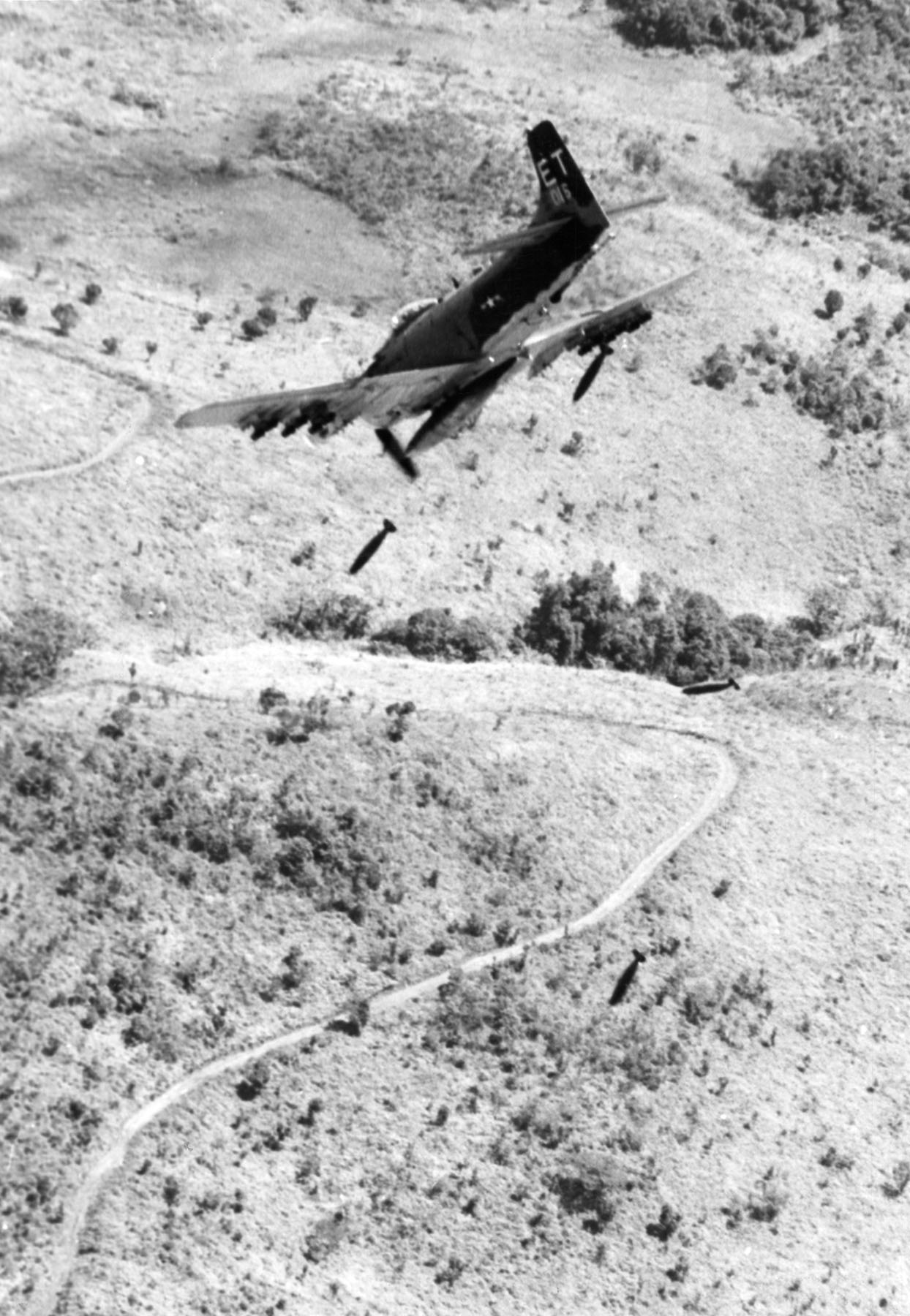
Later that afternoon the JOLLIES tried again. After multiple A-1 passes dropping CBU-19s ( a 130-pound modified dispenser containing 528 canisters with an incapacitating chemical CS—”tear gas”) SANDY 06 and 05 escorted “low bird” JOLLY 15 with Coast Guard Lieutenant (j.g.) Rob Ritchie into the rescue area.
Rob said; “The previous attempts that day were all into the wind approaches. I chose a downwind approach because all indications were the ‘bad guys’ were set up for us to come into the wind and were waiting.” The SANDYs made suppression runs and laid smoke as had been requested – then they joined in a daisy chain of passes that provided protective fire. Ritchie used the smoke for cover, swooped in fast and quickly put the aircraft into a hover over Smith and MISTY 11A. TSgt. Gaydos fearlessly operated the rescue hoist while completely exposed to the hostile fire impacting about him. His reassuringly calm hover instructions to the pilots, ensured Smith and MISTY 11A were quickly brought on board with only slight damage to the aircraft. During Ritchie’s next approach to pick up MISTY 11B they began taking very heavy ground fire on the way in. The element of surprise was no longer there and the North Vietnamese had repositioned. SANDY Lead called the approach off and both A-1s made several suppression runs.
Ritchie commenced his third approach immediately after the suppression runs. He said it was much quieter this time and he came to a hover over MISTY 11B. As the penetrator went down the ground fire became much heavier and the helicopter was taking numerous hits. The utility hydraulics to the hoist was disabled due to ground fire damage to a pressure line and fluid flow was lost. Unable to complete the pickup Ritchie exited the area. JOLLY 15 notified SANDY 03 that he would be unable to remain in the area and commenced a rendezvous for air refueling with KING 03, a Lockheed C-130 Combat King. JOLLY 15 landed at Lima Site 61 at 3:35 p.m.

Two additional tries to pick up MISTY 11B were made to no avail. A tropical thunderstorm moved in and heavy rain fell for the next 30 minutes. A third attempt was made while the squall was passing through and as the storm began to subside, the winds became relatively calm and the previously laid smoke screen began to envelope the area – adversely impacting the rescue helicopters’ visibility and making it more difficult to locate MISTY 11B.
Fortunately, the survivor’s emergency radio was operational and the pilot knew how to use it. By coordinating voice guidance from MISTY 11B on the ground and SPAD 09 (circling overhead), JOLLY 19, another HH-3E, flew over Clapper and lowered a canopy penetrator to him. He climbed onto the device and the helicopter quickly exited the area as soon as Clapper was clear of the trees. The gunner on the rescue helicopter pulled him in the door and the MISTY 11 rescue was successfully concluded at around 6:00 p.m.
JOLLY 19 (Sikorsky HH-3E Jolly Green Giant) from Detachment 1, 40th Aerospace Rescue and Recovery Squadron. Crewmembers: Major Ted L. Smith (Pilot); Major Edward B. Robbins (Co-Pilot); Staff Sergeant Robert E. Hunt (Flight Engineer); Master Sergeant Paul L. Jenkins (Pararescueman); and Sergeant Leland H. Sorensen (Pararescueman).
The following A-1 SANDY forces participated in the event:
SANDY 01 1st Lieutenant Rex V. Huntsman
SANDY 04 Lieutenant Colonel Dick Michaud
SANDY 03 Major Nelson Moffatt
SANDY 07 1st Lieutenant Noel Frisbie
SANDY 05 Captain Bob Crowder
SANDY 06 Captain Glenn C. Dyer
SANDY 11 Captain Jack L. Hudson
SANDY 12 Lieutenant Colonel George D. Miller
Epilogue: For their efforts during this combat rescue the following medals were awarded:
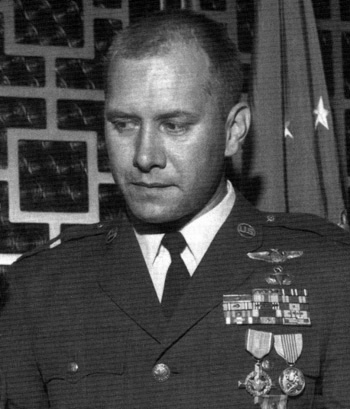
Technical Sergeant Donald G. Smith, USAF, Pararescueman from JOLLY 28 was awarded the Air Force Cross:
The President of the United States of America, authorized by Section 8742, Title 10, United States Code, awards the Air Force Cross to Technical Sergeant Donald G. Smith for extraordinary heroism in military operations against an opposing armed force as a Pararescueman on a HH-3E Rescue Helicopter in Southeast Asia on 24 October 1969. On that date, Sergeant Smith voluntarily descended to the surface on a forest penetrator to assist a downed pilot. As he and the pilot were being raised, hostile fire rendered the hoist inoperative and the cable was sheared, dropping them fifteen feet to the ground. Sergeant Smith’s position was surrounded by hostile forces, and his helicopter was downed by hostile fire. Remaining exceptionally calm, his resolute and decisive presence encouraged other survivors, while his resourcefulness in controlling and directing the aircraft providing suppressive fire, resulted in the safe recovery of all downed personnel. Through his extraordinary heroism, superb airmanship, and aggressiveness in the face of the enemy, Sergeant Smith reflected the highest credit upon himself and the United States Air Force.
Lieutenant Robert T. Ritchie, USCG, was awarded the Silver Star.
The President of the United States of America takes pleasure in presenting the Silver Star (Air Force Award) to Lieutenant, Junior Grade, Robert T. Ritchie, United States Coast Guard, for gallantry in connection with military operations against an opposing armed force while attached to the 37th Aerospace Rescue and Recovery Squadron (USAF). Lieutenant, Junior Grade, Ritchie distinguished himself as Aircraft Commander of an HH-3E rescue helicopter in Southeast Asia on 24 October 1969. On that date, Lieutenant, Junior Grade, Ritchie repeatedly penetrated an area of intense hostile fire in an effort to rescue three downed airmen before battle damage rendered his aircraft incapable of further rescue operations. By his gallantry and devotion to duty, Lieutenant, Junior Grade, Ritchie has reflected great credit upon himself and the United States Air Force.
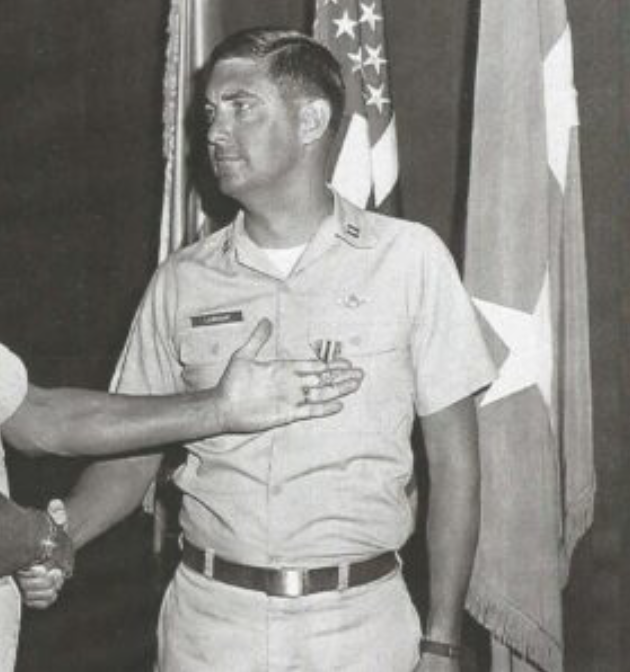
Captain Charles D. Langham, USAF, earned the Silver Star:
Captain Charles D. Langham distinguished himself by gallantry in connection with military operations against an opposing armed force as Aircraft Commander of an HH-3E helicopter in Southeast Asia on 24 October 1969. On that date, while attempting to recover two downed Air Force pilots., Captain Langham’s aircraft was subjected to intense hostile fire. Displaying superb airmanship, Captain Langham nursed his critically damaged aircraft way from the immediate hostile area and effected an emergency landing in a confined, remote area which saved his crew from probable serious injury or possible death. By his gallantry and devotion to duty, Captain Langham has reflected great credit upon himself and the United States Air Force.
LT Richard V. Butchka, USCG, earned the Distinguished Flying Cross with Combat V.
The President of the United States of America takes pleasure in presenting the Distinguished Flying Cross with Combat “V” (Air Force Award) to Lieutenant Richard V. Butchka, United States Coast Guard, for heroism while participating in aerial flight as aircraft Commander of an HH-3E helicopter, attached to the 37th Aerospace Rescue and Recovery Squadron, United States Air Force, in Southeast Asia on 24 October 1969. On that date, in the face of known hostile forces, who had just shot down another rescue helicopter, Lieutenant Butchka, with complete disregard for his own personal safety, skillfully and expeditiously effected the rescue of three crewmen from the downed helicopter. The outstanding heroism and selfless devotion to duty displayed by Lieutenant Butchka reflect great credit upon himself and the United States Coast Guard.
The following Distinguished Flying Cross recipients were also confirmed for this mission: Major Charles W. Bond; Captain John K. Coder; Technical Sergeant Frank Gaydosl Jr.; Sergaeant Joseph J. Vai; Airman 1st Class George P. Hoffman III; Staff Sergeant Jon K. Hoberg; and Lieutenant Colonel. Sidney S. Sosnow.
Misty #132 Jack K. Clapper left the USAF in 1974, went to law school and is a trial lawyer in Novato, California. Donald G. Smith passed away on 12 March 2016 at the age of 80. Richard V. Butchka passed away 28 July 2007 at the age of 66. Misty #119 Alvin Donald (“Devil”) Muller passed away on 16 November 2010 at the age of 67.
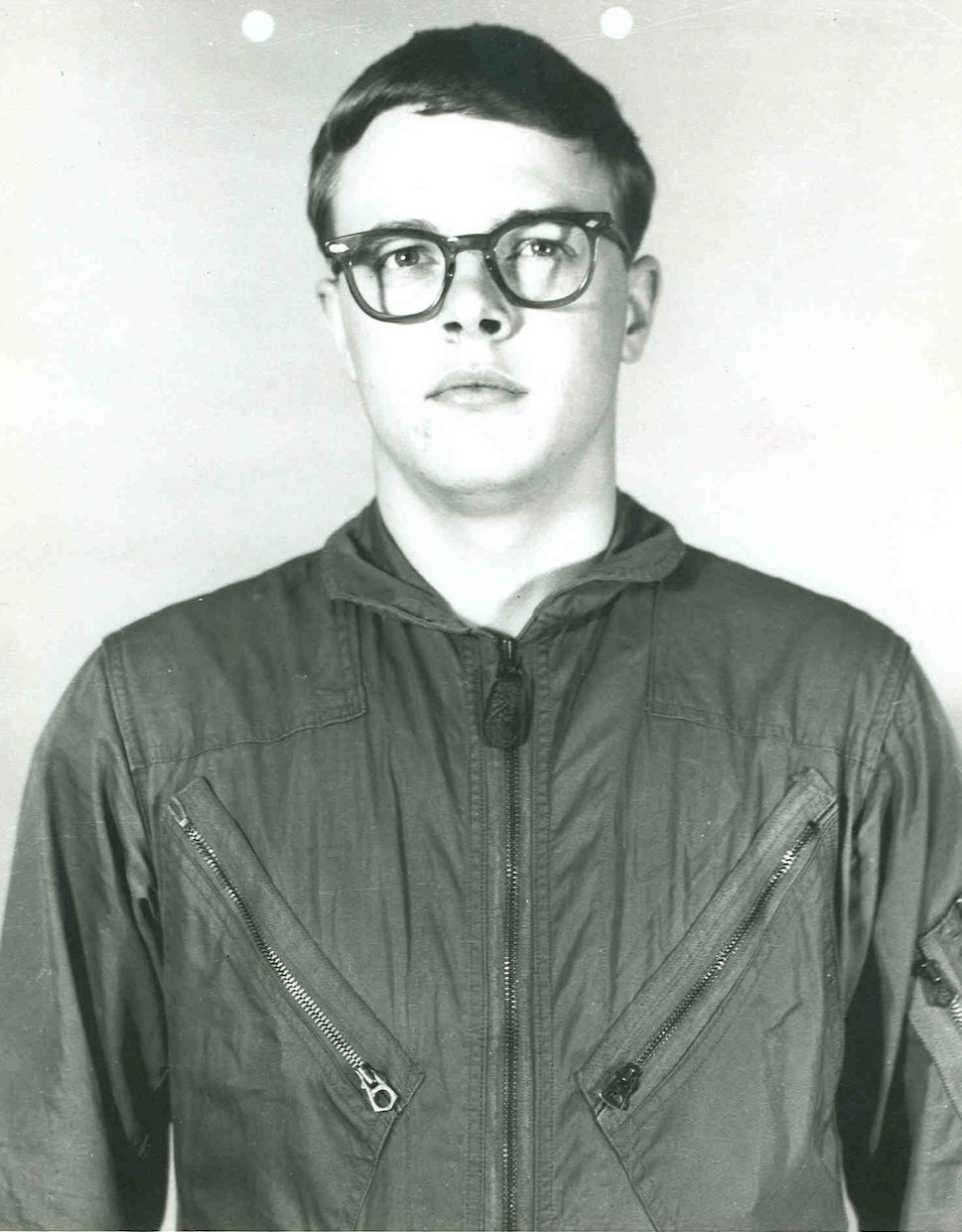
Aerial Photographer Staff Sergeant Gregory Lee Anderson, crewman on JOLLY 76, was aboard Jolly Green 71, an HH-53B, when it was shot down over Laos, 28 January 1970. SSGT Anderson is listed as Missing in Action. (Active Pursuit)
HH-3E 66-13280 caught fire in flight, 15 April 1970, and crashed near Kontum, Republic of Vietnam. Two of the five crewmen died.
HH-3E 66-13290 was retired to Davis Monthan Air Force Base, Tucson, Arizona, 18 March 1991. It was withdrawn from storage and placed on display with the New York Air National Guard at Westhampton Beach, New York.
Aircraft
Sikorsky HH-3E Jolly Green
The Sikorsky HH-3E (Sikorsky S-61R) earned the nickname Jolly Green Giant during the Vietnam War. It is a dedicated Combat Search and Rescue (CSAR) helicopter flown by the U.S. Air Force, based on the CH-3C transport helicopter. The aircraft is flown by two pilots and the crew includes a flight mechanic and gunner. It is a large twin-engine helicopter with a single main rotor/tail rotor configuration. It has retractable tricycle landing gear and a rear cargo ramp. The rear landing gear retracts into a stub wing on the aft fuselage. The helicopter has an extendable inflight refueling boom.
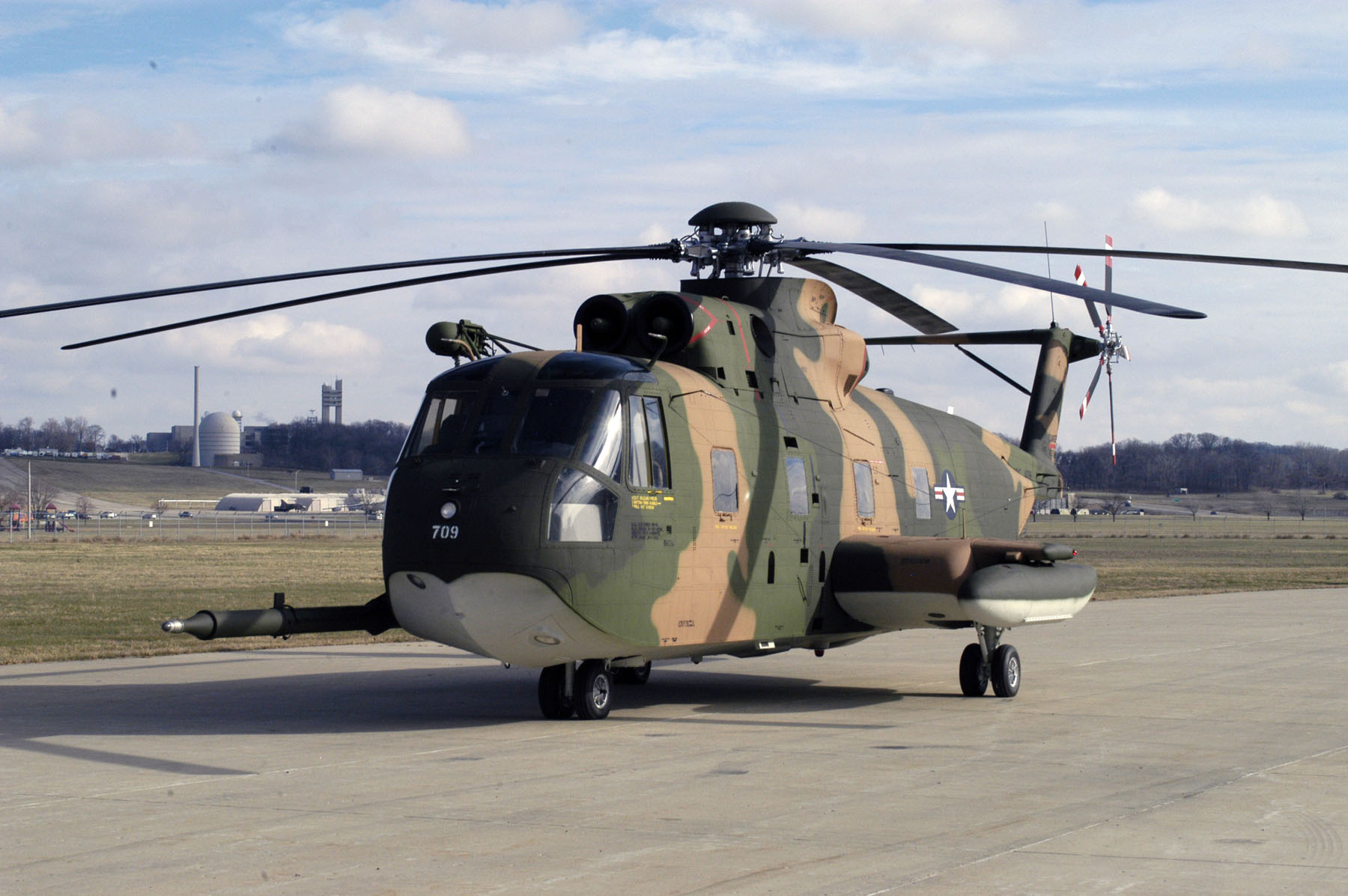
The HH-3E is 72 feet, 7 inches (22.123 meters) long and 18 feet, 10 inches (5.740 meters) high with all rotors turning. The main rotor has five blades and a diameter of 62 feet (18.898 meters). Each blade has a chord of 1 foot, 6.25 inches (0.464 meters). The main rotor turns at 203 rpm., counter-clockwise, as seen from above. (The advancing blade is on the right.) The tail rotor also has five blades and has a diameter of 10 feet, 4 inches (3.150 meters). The blades have a chord of 7–11/32 inches (0.187 meters). The tail rotor turns clockwise as seen from the helicopter’s left (the advancing blade is below the axis of rotation). The tail rotor turns 1,244 rpm.
The HH-3E has an empty weight of 13,341 pounds (6,051 kilograms). The maximum gross weight is 22,050 pounds (10,002 kilograms).
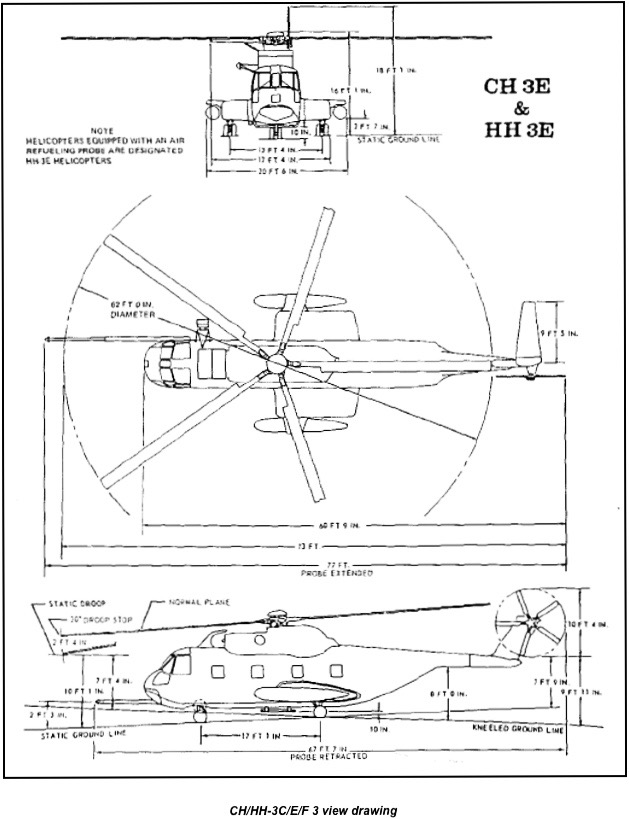
The Jolly Green Giant is powered by two General Electric T58-GE-5 turboshaft engines, which have a Maximum Continuous Power rating of 1,400 shaft horsepower, each, and Military Power rating of 1,500 shaft horsepower. The main transmission is rated for 2,500 horsepower, maximum.
The HH-3E has a cruise speed of 154 miles per hour (248 kilometers per hour) at Sea Level, and a maximum speed of 177 miles per hour (285 kilometers per hour), also at Sea Level. The service ceiling is 14,000 feet (4,267 meters). The HH-3E had a maximum range of 779 miles (1,254 kilometers) with external fuel tanks.
The Jolly Green Giant can be armed with two M60 7.62 mm machine guns.
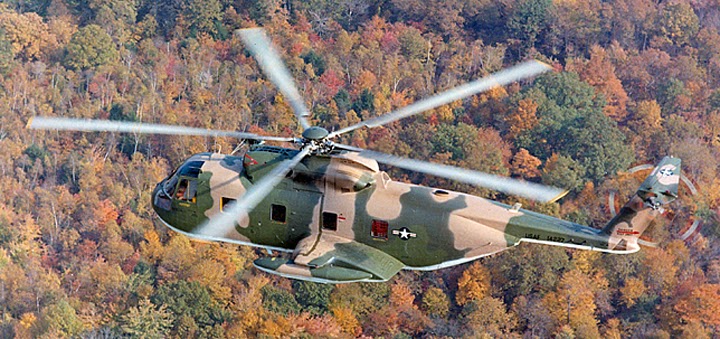
© 2020, Sean M. Cross
